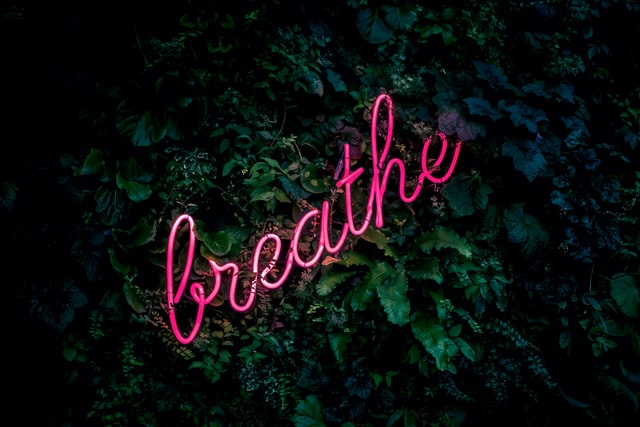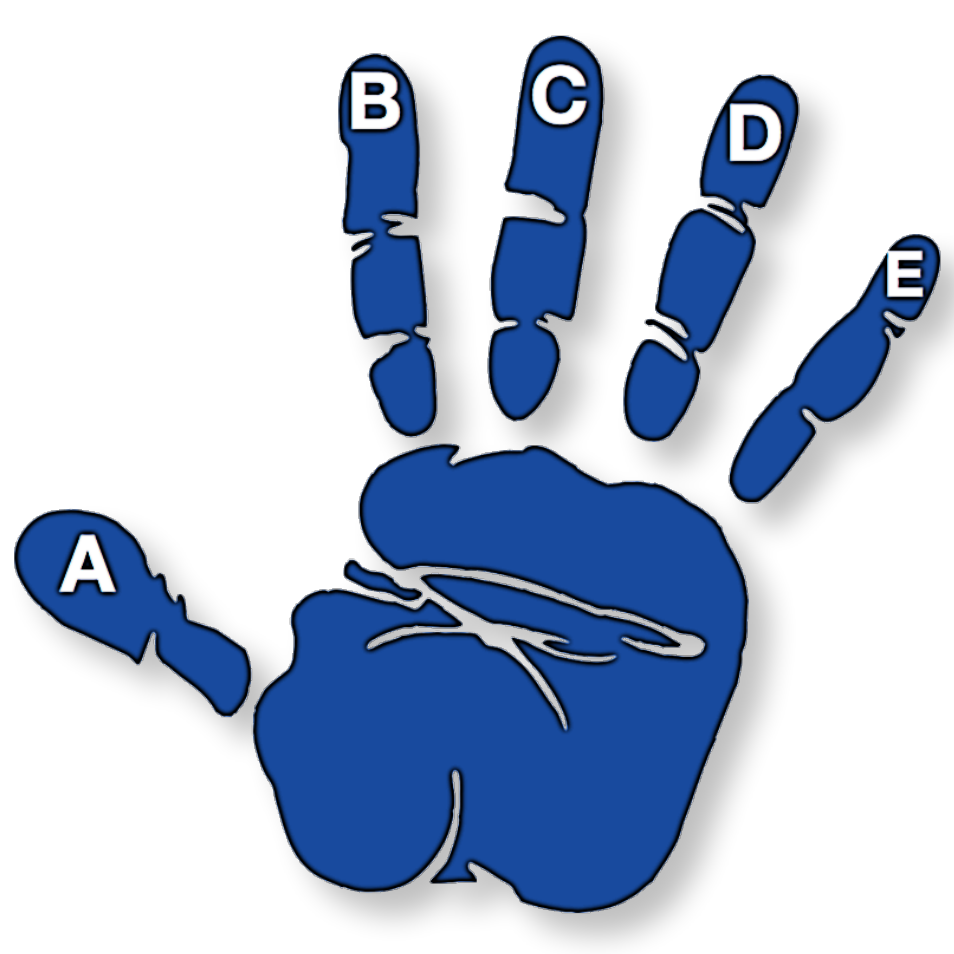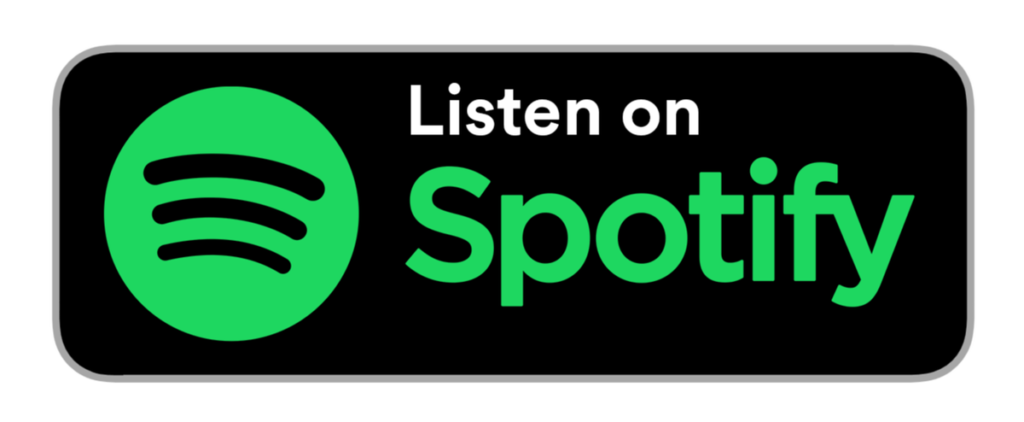Estimated Reading Time 7 Minutes
Hey You! My name is Emily Romrell. Welcome to a bonus episode of The Vibrant Life Podcast. That’s right, Peeps. This week you get two for the price of one. I mean, the podcast is free but you get the gist. However, if you do feel like these episodes have been of use to you, a great way to say thanks would be to leave a review on iTunes and to tell your friends about the podcast. That’s a pretty good deal, right?
Anyway, I was talking to a friend a few days ago and she told me she wished she had some tools to work through difficult thoughts and emotions. And I want to be clear, I’m not an expert or a mental health professional in any way, but I do feel like I’ve learned a few things. So I told my friend about the ABCDE Model. After thinking about it I wanted to share it with y’all as well. I actually learned this tool in counseling, and I know I’ve plugged this before, but if you are really struggling I’d definitely consider seeing a professional. It really helped me.
Okay, so this tool, the ABCDE Model, is great for when you find yourself being overtaken by your emotions. I use it when I have a panic attack, or when I’m feeling particularly stressed out and my mind is going crazy. Which I’ll admit happens more than I’d like. But it happens less and with less intensity since I’ve been putting in serious effort and work on being more mindful.
This is a mindfulness technique that lets you examine your thoughts and how your thinking is affecting you. I like it because you can count the steps right on your hand and it is also a grounding technique that helps give you a sense of control. It only takes a few minutes to go through all the steps. Sometimes if I am really struggling I will go through the steps a second or third time with breathing in between. But usually even just one go around makes me feel a lot better.
Also, while I tend to use this method in the moment when my anxiety gets the best of me, it’s also a great way to meditate on situations more deeply when you are calm and collected. If you are looking for a quick and easy meditation practice, consider this as a jump-off point.
Alrighty, so to kick things off I’d definitely recommend a quick breathing exercise. This slows down your racing heart and helps your brain calm down and focus. You can do this with your eyes open or closed and in any body position that you feel comfortable in. The one I do goes like this:
EASY BREATHING EXERCISE

- Take one big breath in through the nose and out through the mouth.
- Inhale through your nose slowly for eight seconds.
- Hold the air in your chest for four seconds.
- Exhale through your mouth slowly for eight seconds.
- Hold your breath after the exhale for four seconds.
- Inhale through your nose slowly for eight seconds.
- Hold the air in your chest for eight seconds.
- Exhale through your mouth slowly for eight seconds.
- Hold your breath after the exhale for eight seconds.
- Take a final big breath in through the nose and out through the mouth.
So you can run through this breathing exercise as many times as you want to calm down and get your head in the game. There’s really no right or wrong and you can adapt it to whatever works for you. Usually, by the time I’ve gone through the 4 seconds holds once and the 8 seconds holds once, I’m okay to move forward. But if you want to do more or less, go for it.
Okay, as they say in the movie Mulan, “Let’s get down to business.” And defeat whatever is causing anxiety or inner turmoil. That might be a pretty big claim, but even if we don’t defeat it completely, we’ll at least get things under more control. As an example, I’ll use a situation that has triggered me personally. Let’s say I show up at a friend’s house for a game night, but instead of a small gathering of 4-6 friends, I find the house is crowded with around 20 people. And most of the group is made of people that I don’t know.
As I mentioned earlier, The ABCDE Model is also a grounding technique and I will literally count off each step and tap my fingers against my leg as I go through the process. If you’re not familiar with grounding, it’s a way to come down to earth and connect with the present moment rather than letting your head, your emotions, or your imagination get the better of you. There are a lot of different techniques to do this. This is just one way. But it’s great because if you know your ABCs you can remember it.
THE ABCDE MODEL

A = The Activating Event. This is simply something that happens to you or in the environment around you. A lot of people call this a trigger or a triggering event. It’s a circumstance or fact that you can’t control.
So in our example, I show up at my friend’s house only to find it swarming with people I don’t know. This would cause major anxiety for me because I do not like big groups. So to cope with that I’d try to find a quiet area in the house if possible. I might go to the restroom or the hallway just to get some space. Then I’d do my breathing exercise.
Side note: If you can’t find a private place you can just try to breathe deeply wherever you are. And you can just repeat these steps silently to yourself.
Alrighty, so I literally would take my hand and with my thumb tap my leg and describe the activating event. I might even ask myself out loud, “What is the activating event?” Then I would answer myself, “There are way more people here at this party than I expected.”
Then I’d take another deep breath and move on to the next letter.
B = Beliefs. You have a belief or thought about the triggering event. I think this might be the trickiest one for me sometimes because a lot of my beliefs have been patterns and thoughts running around my head that they happen almost automatically. So it’s important to really examine what you believe about what’s happening. It takes practice, I’m not going to lie. But eventually, it gets easier.
So I’d take my index finger and tap my leg and ask myself again, “What are my beliefs or thoughts about this event or circumstance?” And I’d answer myself, “I believe that I don’t do well in big groups. I think I’m awkward and everyone will see what a dork I am. People won’t like me. I’ll either make a fool of myself or I’ll end up by myself in the corner.”
You can see how things are playing out, right? It’s easy to spin out of control which is why I really try to breathe as part of the process. But if possible, just nail down the top one to three beliefs that are dominating your experience at the time.
C = Consequences. Your belief has consequences including feelings and behaviors. This is pretty straightforward. Everyone has feelings that are connected with their beliefs and we all act in certain ways and patterns when we experience certain emotions. You know how you are.
So let’s keep it going. Next, I’d take my middle finger and tap my leg asking, “How am I feeling and/or acting because of these beliefs?” And I’d answer myself, “I feel exposed and vulnerable like everyone is watching and waiting for me to mess up. I feel embarrassed because I believe I won’t measure up to expectations. And I usually do hide in a corner so I can avoid interacting with too many people.”
D = Disputation of Beliefs. Challenge your beliefs to create new consequences. Again, this to me is straightforward. Take the beliefs you just uncovered and turn them around.
You know the drill now, I’d take my ring finger, tap my leg, and ask myself, “What are some alternative beliefs that might create a different experience?” And I’d answer myself, “Most people are worried about themselves, not me. Most of these people don’t even know who I am. So they probably don’t even have expectations for me to measure up to. I can try to focus on a side group of a few people, or maybe just choose one person, and try to connect with them.”
We’re getting to the end here, Peeps. We can make it through. Let’s take another deep breath and move on to the last letter.
E = Effect. Adoption and implementation of new adaptive beliefs. It’s like a science experiment, right? I’ve brainstormed some new beliefs and behaviors, and now all that’s left is to take action. And here is the truth, My Friends, action is really the key. When you gather up some courage and actually do something, it feels a heck of a lot better than sitting around and letting your emotions run wild. I mean, it takes guts. But at least you are taking control of the situation and working on being a better person. I usually am still terrified, but as I go through the process, my fear gradually lessens.
So last but not least I’d take my pinky finger, tap my leg, and ask myself, ” What is the effect or outcome if I take action on the new beliefs and behaviors?” Then I’d answer, “I will interact with some people or even just one person at this party. I’ll be proud of myself for being brave. And I might even have some fun.”
One last deep breath and that’s it. By this time I am likely to feel much better about the situation even if I’m still nervous. I can follow through with my plan and have a good time. I might even make some new friends. I can walk back into the crowd with more confidence.
The ABCDE Model has been a helpful tool for me. I use it a lot and I am a better and braver person because I’m willing to do work like this. You can be too. It’s not easy. I know. It really does take guts and a willingness to look inside yourself. But it is so worth it. You might surprise yourself with what you discover and by the things you accomplish. You will be a little closer to Living The Vibrant Life.
I hope you enjoyed this bonus episode. Please stay tuned for the next regular podcast coming out on Friday. It’s number 20 and it’s going to be amazing. Until then have a happy week!


